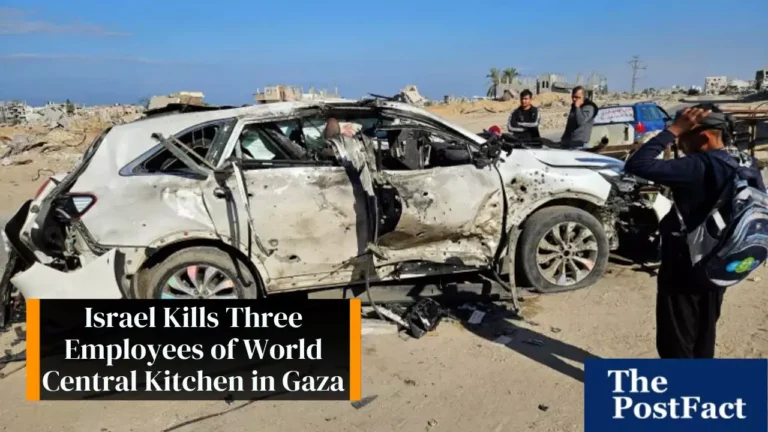Lahore Air Pollution -World’s Most Polluted City
The City of Lahore is engulfed by a thick blanket of air pollution . The smog is the result of exorbitant rise in automobiles, unchecked deforestation and expeditious urbanization.
The smog caused by a temperature inversion trapping pollutants closer to the ground can be extremely dangerous to health, especially for children and people with preexisting respiratory conditions.
Air Quality Index (AQI)
The air quality in Lahore is continuing to deteriorate, with the city’s AQI reaching dangerously high levels. Its PM2.5 concentration reached 708 ug/m3, or 86 times the WHO annual guideline value. The pollution is due to unchecked vehicular emissions, outdated industrial practices, and ineffective environmental policies, experts say. It is exacerbated by the onset of winter, when weather conditions trap smoke and pollutants close to the ground.
The air pollution peaks at night, when heavy trucks move and construction continues, and in the morning, when winds blow dust from uncontrolled kilns and factories. Residents in the city lose, on average, two years of life expectancy as a result of poor air quality.
Punjab Senior Minister Marriyum Aurangzeb has asked citizens to stay indoors, close their doors and windows, wear masks, and avoid unnecessary travel. She has also urged schools to close and advised employers to allow workers to work from home during the smog crisis. She also vowed to ban engine-powered rickshaws and penalize barbecue vendors who emit excessive smoke.
Lahore jumped to top of the real-time world list of most polluted cities in 2021, according to data from Swiss company IQAir. The pollution is caused by a combination of factors, including vehicular smoke, stubble burning, factories emissions and brick kilns. The government dismissed the IQAir readings, saying private monitors use lower-cost sensors and the results cannot be considered authentic.
PM2.5
PM2.5 is a fine particulate matter with a diameter of 2.5 micrometres or less that can cause serious health problems. It contains a mixture of gases and solid particles, including black carbon, polycyclic aromatic hydrocarbons, aryl hydrocarbons, volatile organic compounds, heavy metals, minerals, inorganic ions, and biological materials. These pollutants are emitted into the air from a variety of sources, such as burning fossil fuels, agriculture, smelting, and manufacturing processes.
Pakistan’s capital city, Lahore, was once known as the ‘city of gardens’ but rapid urbanisation and population growth have left little room for greenery. Air pollution has soared, with the PM2.5 reading hitting over 40 times the limit considered safe by the World Health Organisation.
Punjab provincial officials have urged citizens to stay indoors, close windows and doors, and use face masks when going outside. The government has imposed restrictions in four pollution ‘hot spots’, and ordered restaurants to install smoke filters and require tuk-tuk drivers to run on cleaner two-stroke engines. Private and government offices have been instructed to shift 50 percent of their staff to work from home, a move to cut vehicle emissions.
The crisis worsened as the temperature dropped and a weather inversion trapped pollution near the ground. Marriyum Aurangzeb, the provincial minister of environment, attributed the crisis to winds carrying pollutants from India and said it could not be resolved without talks with neighbouring countries.
PM10
Lahore is the world’s most polluted city in terms of PM10. These are fine particulate matter pollutants that can cause respiratory problems, such as coughing, breathing difficulties and eye irritation. PM10 levels tend to be higher in the winter due to temperature inversion, which traps pollution close to ground level. In addition, PM10 levels are often elevated in cities that have high rates of industrial activity and poor waste management practices.
A thick blanket of smog enveloped the city on Sunday, forcing officials to close primary schools and issue work-from-home mandates for office employees. The city’s Air Quality Index reached over 1,000, more than 30 times the WHO’s guideline for safe levels, according to Swiss air quality technology company IQAir.
Punjab’s senior minister of environment Marriyum Aurangzeb urged citizens to stay indoors, keep doors and windows shut and avoid unnecessary travel. She said hospitals had been given smog counters to monitor air quality, and that 50% of office workers would work from home to help reduce vehicle pollution. She also imposed a ban on three-wheeled vehicles known as rickshaws and halted construction in certain areas. Businesses failing to comply could be closed down, she said.
She blamed India, saying “the issue cannot be solved without talks with India.” She added that winds were carrying pollution from Delhi, Amritsar and Chandigarh into Pakistan, which was then exacerbated by local factors such as fuel burning, crop residue burning and heating processes.
Temperature
Pakistani city of Lahore is facing a health emergency as a dangerous layer of toxic smog covers the city. Local officials have closed all primary schools for a week and issued work-from-home mandates. Officials are also urging residents to avoid going outdoors and to wear masks. The smog has caused many citizens to suffer from breathing difficulties and eye irritation. The problem is worse in the winter, as cold air creates a thermal inversion that traps harmful emissions close to the ground.
The city’s poor air quality is exacerbated by crop burning, vehicle emissions, and industrial pollution from brick kilns and factories. The situation is expected to worsen as the weather cools. According to IQAir, an air quality monitoring company, the level of fine particulate matter in Lahore has reached more than 1,000, which is well above WHO standards.
Punjab Senior Minister Marriyum Aurangzeb has blamed India for the city’s deteriorating condition, saying that it “cannot be solved without talks with our bigger neighbour.” She said her government will initiate talks with Delhi through Pakistan’s foreign ministry. The smog crisis has also been triggered by firecrackers that have been set off in celebrations of the Diwali holiday. At a local community clinic, Doctor Bidyarani Chanu says she has seen an increase in patients complaining of breathing problems and eye irritation.







